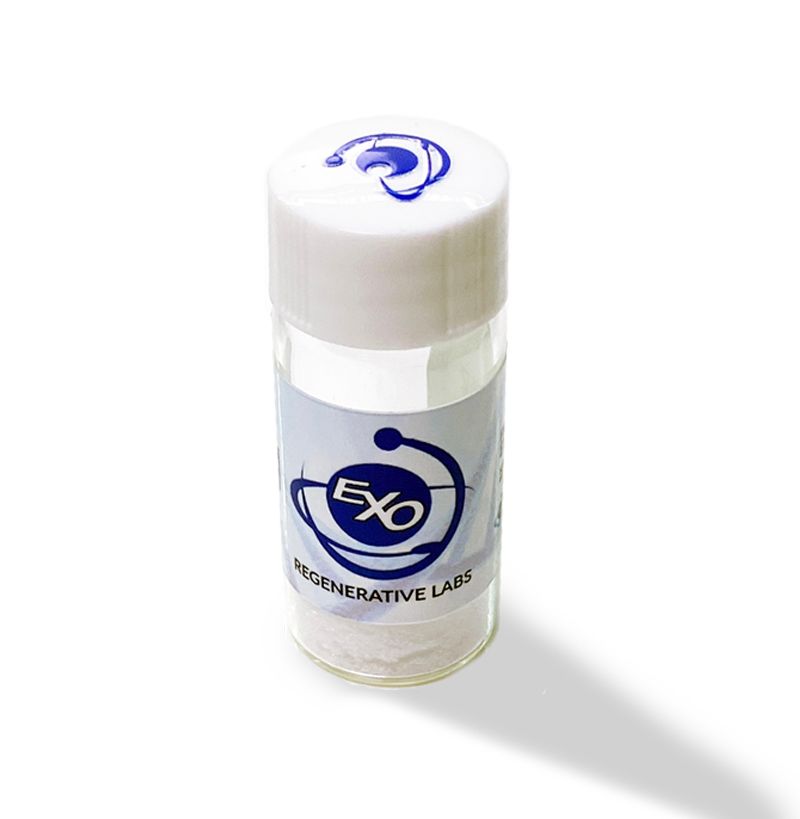

Stem Cell-Derived Exosomes for Hair Loss: A Revolutionary Approach to Hair Restoration
Hair loss is a concern that affects millions of people worldwide, leading to a surge in demand for advanced treatments that go beyond traditional methods. One of the most exciting breakthroughs in the field of regenerative medicine for hair restoration is the use of stem cell-derived exosomes. These tiny, cell-signaling messengers are showing remarkable potential in addressing hair thinning and hair loss by stimulating hair follicle regeneration and improving scalp health.
What Are Exosomes?
Exosomes are extracellular vesicles released by cells that play a crucial role in cell-to-cell communication. They are tiny, nanosized particles that carry essential bioactive molecules such as proteins, growth factors, and microRNAs. Unlike cells, exosomes do not replicate but rather deliver regenerative signals that can stimulate biological processes in the target tissues.
Stem cell-derived exosomes, specifically those from mesenchymal stem cells (MSCs), have gained attention due to their potent regenerative properties. These exosomes are enriched with growth factors, anti-inflammatory molecules, and peptides that promote tissue repair and regeneration.
How Do Exosomes Work for Hair Loss?
When applied to the scalp, stem cell-derived exosomes help create a microenvironment conducive to hair follicle regeneration.
Here’s how they work: Exosomes enhance the proliferation and differentiation of dermal papilla cells, which are crucial for healthy hair follicle function. By rejuvenating these cells, exosomes help extend the hair growth (anagen) phase.
Promote Angiogenesis (Blood Vessel Formation):
Exosomes improve blood flow to the scalp by stimulating the formation of new blood vessels. Increased blood circulation ensures that hair follicles receive the oxygen and nutrients necessary for growth.
Anti-Inflammatory Effects: Chronic inflammation can damage hair follicles and contribute to hair loss. Exosomes contain anti-inflammatory molecules that help calm inflamed scalp tissues, creating a healthier environment for hair to grow.
Cellular Communication: Exosomes deliver signals that repair damaged cells and regulate immune responses, helping to reset dysfunctional hair growth cycles.
Key Benefits of Stem Cell-Derived Exosomes for Hair Restoration
Non-Surgical and Minimally Invasive: Exosome therapy is typically administered through scalp injections or microneedling, making it a minimally invasive procedure with minimal downtime.
Regenerative Power: Exosomes focus on stimulating the body's natural regenerative processes rather than simply masking symptoms or using temporary fillers.
Fast Recovery Time: Most patients can resume their normal activities immediately after treatment.
Complementary to Other Treatments: Exosome therapy can enhance the effects of other hair restoration treatments, such as scalp micropigmentation (SMP), PRP (platelet-rich plasma), and microneedling.
Results can vary based on the individual’s hair loss stage and overall scalp health. However, most clients begin to notice improvements in hair texture, density, and thickness within 3 to 6 months. Since exosomes stimulate regeneration at the cellular level, ongoing improvements are often observed as the hair growth cycle continues.
The Future of Hair Loss Treatments
Stem cell-derived exosomes represent a significant advancement in regenerative hair loss therapies. As research continues to expand, the potential for using exosomes to treat not only androgenic alopecia (pattern hair loss) but also hair thinning caused by stress, autoimmune disorders, or medical conditions is becoming increasingly promising.
In combination with other advanced techniques such as Scalp Micropigmentation (SMP) and regenerative peptide therapies, exosome treatments provide a holistic and effective approach for clients seeking fuller, healthier hair.
Stem cell-derived exosomes are transforming the landscape of hair restoration. Their ability to harness the body's natural healing mechanisms offers a safe, non-invasive solution for individuals experiencing hair loss. As this cutting-edge therapy becomes more widely accessible, it holds the potential to redefine the future of hair rejuvenation and give clients a renewed sense of confidence.
<br>
Development of regenerative hair loss products and RSMP training.
Phone: 727-573-0149
13555 Automobile Blvd, #110
Clearwater, FL 33762
USA